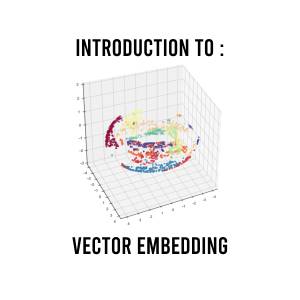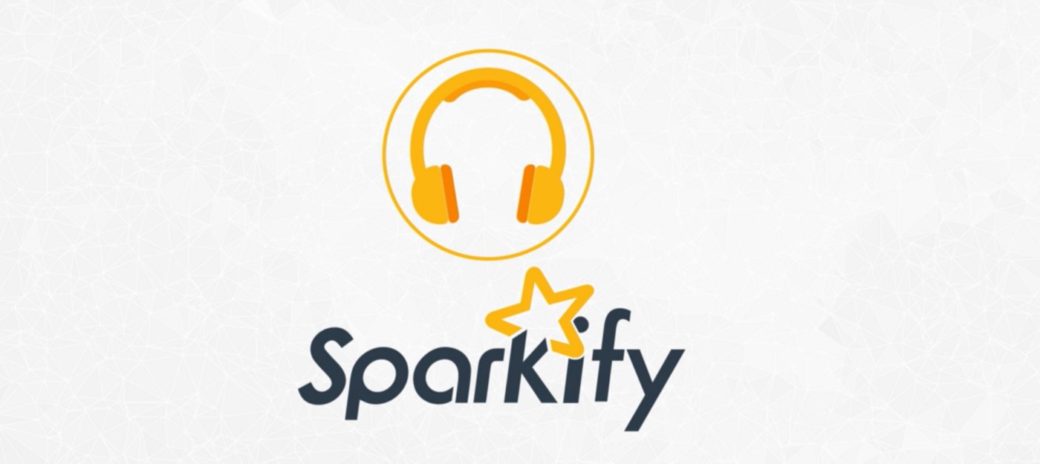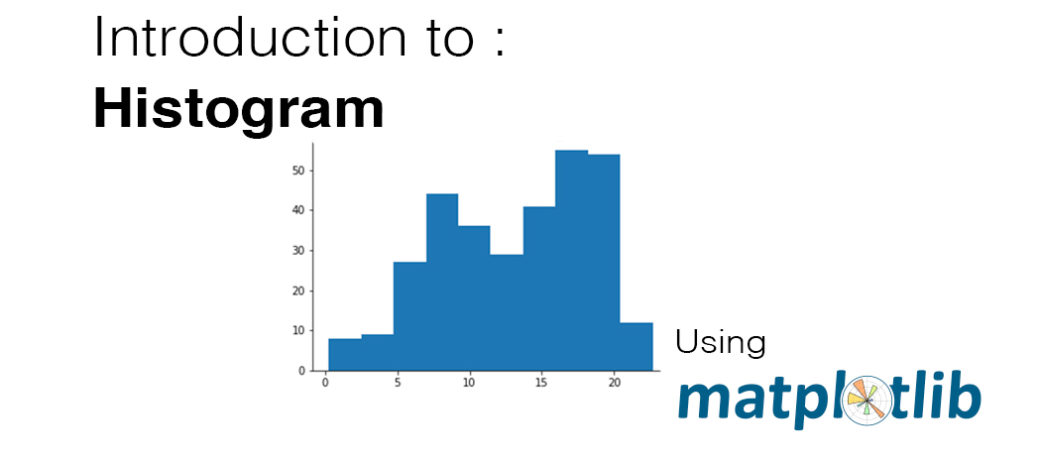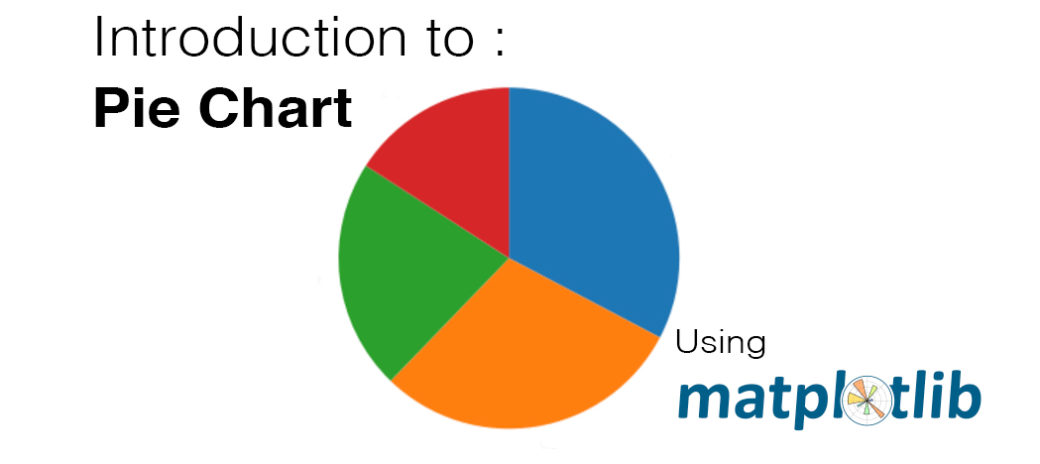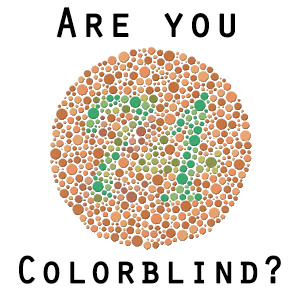- Class – a blueprint consisting of methods and attributes
- Object – an instance of a class. It can help to think of objects as something in the real world like a yellow pencil, a small dog, a blue shirt, etc. However, as you’ll see later in the lesson, objects can be more abstract.
- Attribute – a descriptor or characteristic. Examples would be color, length, size, etc. These attributes can take on specific values like blue, 3 inches, large, etc.
- Method – an action that a class or object could take
- OOP – a commonly used abbreviation for object-oriented programming
- Encapsulation – one of the fundamental ideas behind object-oriented programming is called encapsulation: you can combine functions and data all into a single entity. In object-oriented programming, this single entity is called a class. Encapsulation allows you to hide implementation details much like how the scikit-learn package hides the implementation of machine learning algorithms.
In English, you might hear an attribute described as a property, description, feature, quality, trait, or characteristic. All of these are saying the same thing.




